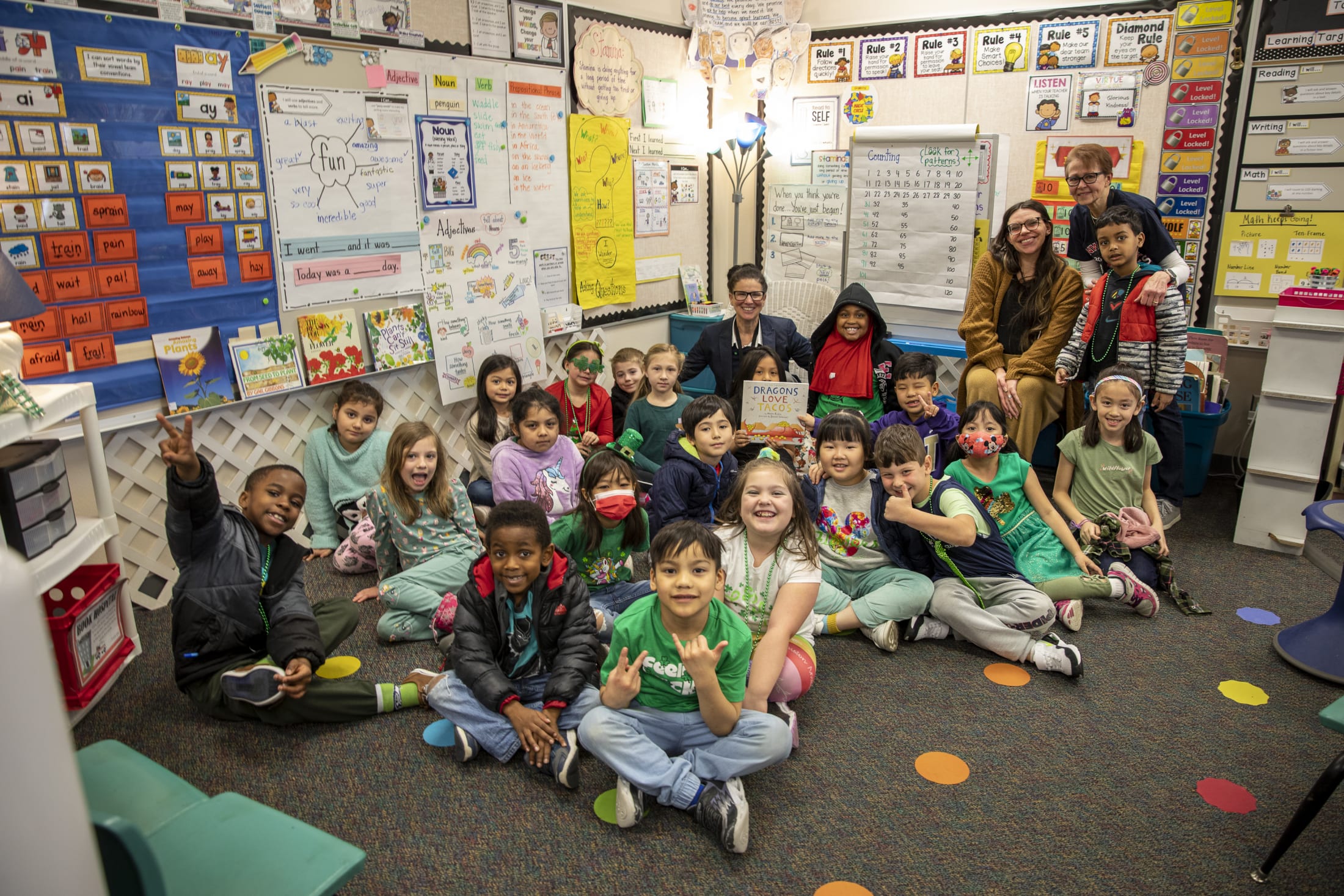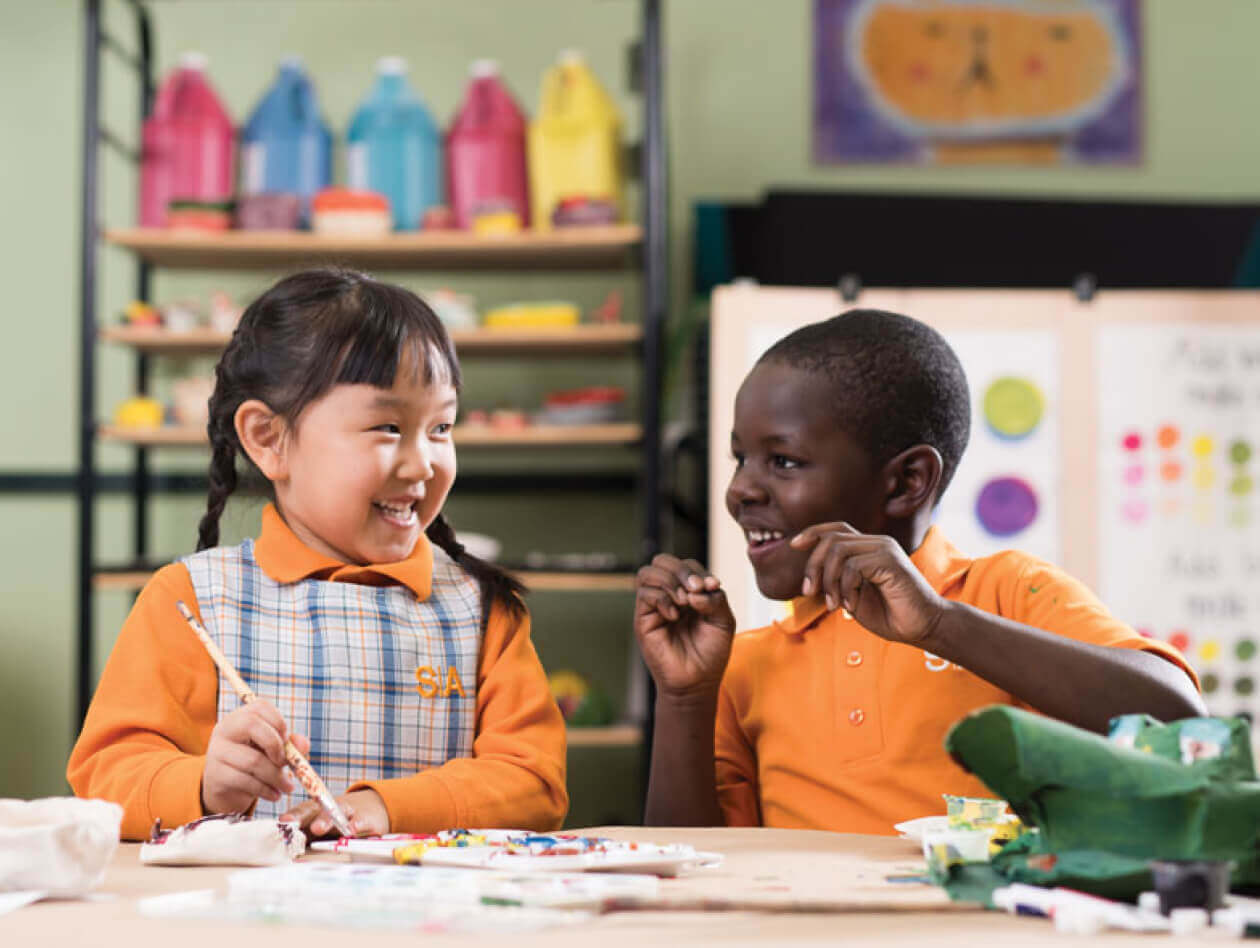Essential Kindergarten strategies for building emotional intelligence
Imaginative Learning Activities in Kindergarten: Enhancing Skills With Play and Communication
Creative knowing activities in preschool work as foundational experiences for young learners (Kindergarten). These tasks encourage skill advancement with spirited engagement and social interaction. Children explore their imagination, improve interaction, and find out beneficial social abilities. Each experience adds to their growth in unique ways. Understanding exactly how these activities shape early advancement exposes the profound impact of play in education. What particular aspects make these experiences so efficient in nurturing all-around individuals?
The Role of Play in Early Childhood Development
While numerous may ignore the significance of play, it works as a fundamental component of very early childhood years growth. Via play, kids explore their environments, foster social skills, and create cognitive capacities. Taking part in disorganized activities allows them to utilize their creativity, explore analytical, and enhance their crucial thinking abilities. Moreover, play offers a risk-free space for psychological expression, making it possible for kids to navigate their sensations and develop durability.
Additionally, play urges physical development as kids participate in activities that boost their motor skills and control. Interaction with peers throughout play promotes team effort and interaction, laying the groundwork for future partnerships. Grade School Peoria. Educators and moms and dads identify that play is not merely a leisure activity yet a crucial facet of knowing, forming a child's capability to adjust and thrive in various circumstances. Inevitably, play enriches children's lives, preparing them for the difficulties of the future while cultivating a lifelong love for discovering
Imaginative Arts and Crafts: Sparking Creativity
Imaginative arts and crafts play a significant function in stiring up children's creative imaginations and enhancing their imaginative abilities. These activities motivate self-expression with various mediums, such as paint, drawing, and sculpting. By participating in hands-on tasks, youngsters find out to adjust products, cultivating fine motor skills and hand-eye sychronisation.
Innovative arts offer a platform for vital and problem-solving reasoning, as youngsters discover various methods and methods to their creations. This expedition enables them to experiment, make decisions, and gain from their experiences.
Collaboration is an additional crucial element, as children often collaborate on group tasks, sharing sources and concepts. This interaction not just develops social skills yet likewise nurtures a feeling of neighborhood. Ultimately, imaginative arts and crafts function as important devices in a preschool setting, advertising cognitive, emotional, and social growth while stimulating the innate inquisitiveness and creativity of young students.
Interactive Narration: Building Language Skills
Interactive storytelling acts as a powerful device for building language abilities in kids, as it involves them in the narrative process and urges active engagement. Through narration sessions, children are welcomed to listen, respond, and also contribute to the unraveling tale. This interactive style supports vocabulary advancement by revealing them to new words in context.
As they get involved, children practice essential communication abilities, such as articulation and expression. They discover to series events, determine personalities, and comprehend the story, fostering vital reasoning. Additionally, interactive narration often integrates aesthetic help, sound impacts, and props, which better enhance interaction and understanding.
In addition, when children share their own tales, they experience a sense of agency and imagination, enhancing their language skills in a helpful atmosphere. Inevitably, interactive narration cultivates a love for language and literature, establishing a solid foundation for their future academic success.
Hands-On Science Experiments: Motivating Questions
Hands-on science experiments give young learners with indispensable possibilities to make inquiries and discover concerning the globe around them. Engaging in simple, interactive experiments allows kindergarteners to ask questions, make predictions, and observe results firsthand. These activities stimulate curiosity and foster a feeling of marvel, motivating youngsters to explore the residential properties of products, responses, and natural phenomena.
Experiments such as planting seeds or mixing baking soft drink and vinegar not just show scientific concepts yet likewise improve crucial thinking skills. Children find out to record their observations, promoting proficiency and numeracy as they determine, compare, and document information. Furthermore, hands-on science cultivates a growth attitude, mentor resilience as they browse challenges and gain from blunders.

Collaborative Gamings: Fostering Team Effort and Social Abilities
Taking part in joint games provides kindergarteners an unique platform to establish synergy and social skills while developing on the inquiry-based learning promoted by hands-on scientific research experiments (Grade School Peoria). These games motivate youngsters to work together toward usual objectives, promoting communication and participation. As they navigate numerous obstacles, they learn to share obligations, discuss duties, and fix problems-- essential elements of efficient team effort
Via organized tasks such as group puzzles, relay races, or cooperative storytelling, children not only enhance their social interactions however likewise enhance their psychological knowledge. They get understandings into empathy and support, discovering that each kid's contribution is important. Furthermore, these collective experiences promote a sense of community within the classroom, creating bonds that extend past specific play. By incorporating collective games into the curriculum, educators can lay the foundation for essential life abilities that will certainly profit kids in their future educational and social environments.
Regularly Asked Inquiries
Just How Can Parents Support Creative Learning in the house?
Moms and dads can support creative knowing at home by giving varied materials, encouraging expedition, participating in imaginative play, asking flexible inquiries, and promoting a safe setting where kids do not hesitate to reveal their ideas and creative thinking.

What Materials Are Ideal for Arts and Crafts Activities?
A variety of products improve arts go to this site and crafts activities, including building paper, scissors, adhesive, markers, paints, and recycled items. These resources motivate imagination and permit kids to discover their imagination with hands-on experiences.
How Do Teachers Analyze Children's Imagination?
Educators evaluate kids's creativity with monitorings, profiles of work, and flexible tasks that encourage self-expression. They examine analytic skills, originality, and desire to experiment, providing insights into each youngster's unique innovative advancement and capacities.
What Are Some Examples of Outdoor Creative Activities?

How Can Social Motifs Be Integrated Into Creative Understanding?
Social styles can be integrated into creative learning by incorporating varied tales, songs, art, and my latest blog post customs, encouraging children to discover and commemorate different backgrounds, fostering inclusivity and understanding while enhancing their creative thinking and cognitive abilities.
Kids explore their creativity, enhance communication, and find out beneficial social abilities. Through play, children discover their atmospheres, foster social skills, and develop cognitive capacities. In addition, play motivates physical development as youngsters involve in tasks that boost their motor skills and sychronisation. Innovative arts and crafts play a substantial function in firing up kids's creative imaginations and improving their creative abilities. Interactive storytelling offers as a powerful device for constructing language skills in young youngsters, as it engages them in the narrative procedure and encourages energetic involvement.